Special Operations Forces: Anytime, Anywhere! Part of 1
Special Forces fighters carry a large amount of equipment in order to successfully perform their combat missions. And the main thing here is ease and convenience of its use.
The range of contemporary conflicts continues to expand through hybrid warfare, covering both traditional threats, including regular troops using generally accepted tactics, and non-traditional threats, such as rebels, who use asymmetrical tactics where they would not fight for a “righteous cause” .
For special operations forces (MTRs) of many countries of the world, which, as a rule, are the first to respond to such threats, this means the need to constantly expand the range of their professional skills and competencies that contribute to the implementation of various combat missions to combat state and non-state "players" . Modern conflicts in Eastern Europe (Ukraine), Africa (Burkina Faso, Chad, Mali, Mauritania and Niger), Asia-Pacific (disputed territory of Jammu and Kashmir between India and Pakistan, ongoing operations in Afghanistan) and in the Middle East (Libya , Syria and Iraq) allow you to clearly define the current requirements for units of the SSO. An increasing number of countries now recognize them as a means of enhancing combat capabilities, capable of performing a wide range of tasks, including counter-insurgency, rapid response, special reconnaissance and military assistance. However, these traditional capabilities of the SSO are currently expanding due to the special attention paid to information operations, including psychological and cyber wars.
According to the representative of the University of Joint Special Operations (JSOU) of the American command of special operations, the SSO became one of the "main military instruments" for the governments of many countries, as they engage them in an "uncertain combat situation." He further remarked: “This reflects the transition from the use of traditional forces to the widespread use of MTRs. How best should the MTR be involved for national security purposes? What is the effectiveness of the MTR: their role, their use as a strategic tool for the conduct of hostilities and their ability to meet the security requirements of the international community? ”
On 2016 and subsequent years, JSOU University has defined a list of needs that will require continuous investment, research and development in order to maintain the superiority of MTR over their adversaries. These needs include the wide range of technologies and equipment needed by the MTR, as well as key research areas of JSOU this year regarding robotization, autonomy, miniaturization, three-dimensional printing, and mass use of uninhabited platforms. In these studies, JSOU University pays special attention to the use of Commercial-Off-The-Shelf (COTS) technology for off-the-shelf commercial products. “Innovation is not limited to the defense industry; The state could also look at the civilian market in search of breakthrough technologies (to help adapt this technology to the needs of special operations forces), ”the university representative continued.
Honduran Special Forces conducts counterinsurgency training with NATO partners. Similar operations in the modern world are becoming more common.
In addition to such technological problems, it is especially important for MTR structures to eliminate the current lack of opportunities and qualifications, since the future operational space will be characterized by increased activity of non-state players, both on and off the battlefield. “At present, the SSOs that are preparing to act in this space are bound by financial constraints, diminishing resources and restrictions in manpower as opposed to an era of increasing demand for SSOs. While tactics, methods and methods of warfare in this space will continue to develop, what other skills, not yet represented in the community of special operations, are assessed as necessary for success? ”Asked the representative of the University of Special Operations.
This is not just a form of commitment and frequency of engaging MTRs that have increased in recent years. MTR units around the world are witnessing the growing need to act in different combat situations, fighting with the widest possible enemy. For example, in the past decade, during the US and NATO military operations in Afghanistan and Iraq, the coalition partners were completely bogged down in counterinsurgency actions against relatively poorly equipped, but highly motivated and improvisable opponents who were able to cause significant damage to significantly larger forces. .
This trend continues today, while transforming into an even more powerful threat, the so-called Islamic State (ISIL), using advanced tactics of motorized and infantry forces in northern Iraq and eastern Syria, very much like the tactics of traditional armies. At the same time, ISIL sometimes has quite decent armaments seized from the local military, for example, four-wheel Cougar category МRAP vehicles (Mine Resistant Ambush Protected — with increased protection against mines and improvised explosive devices) and internal security forces’s M1117 Guardian "Expropriated" ISIS from the warehouses of the Iraqi army. ISIS has significantly developed combat tactics, creatively reworking insurgent tactics used by Taliban militants in Afghanistan against the NATO contingent when cars filled with explosives pierced the intended buildings, after which soldiers with shahid belts or 7,62-mm machine guns broke in to capture this building or specific purpose.
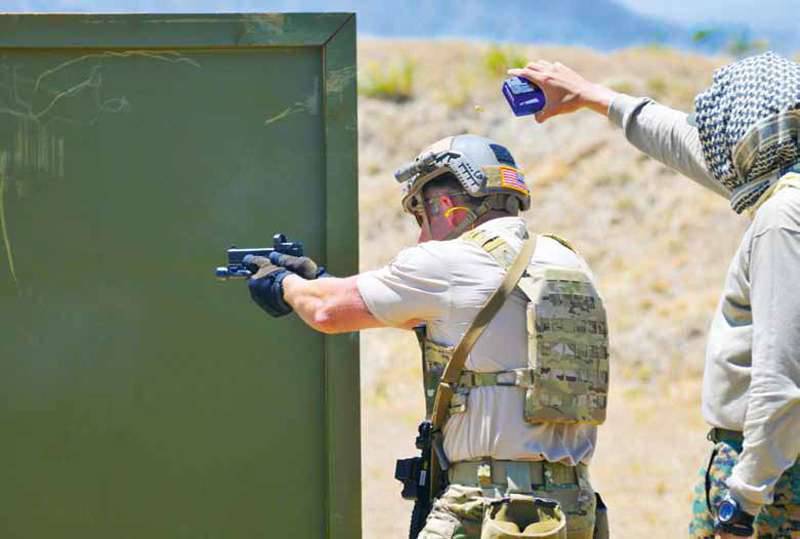
In order to quickly capture targets for defeat, NATO special forces are currently using collimator sights even on the smallest weaponsincluding pistols
Geography also has a significant impact on the requirements for the MTR, as they are deployed in operational areas with extreme weather conditions varying from the Arctic Circle, the deserts of the Middle East and to the jungle of Equatorial Africa. In addition, the participation of the MTR in the Asia-Pacific region and in the Middle East has revealed a steady growth trend in the number of operations in marine conditions, as well as in urban areas, which places very specific requirements on the MTR.
Trying to solve the problems and challenges raised above, the governments of many countries are currently investing heavily in developing their MTRs to deploy small groups around the world, focusing on combat training and training of national forces while providing full-time capabilities to improve the combat effectiveness of all echelons.
In conversations, many Special Forces officers talk about how the current operational situation influences subunits, expanding their responsibilities to an absolute maximum, including in connection with the ever-growing and complicating security threats that counterinsurgency groups must fight within the broader operations to ensure domestic and national security. A striking example of this trend was the events in France that occurred on 7 in January 2015 of the year after the attack of the Islamists on the offices of the satirical magazine "Charly Ebdo". Commandos from an army brigade of special forces were deployed to help their colleagues from the police and gendarmerie to resolve the crisis with a hostage in the town of Dammartin-en-Goel near Paris. Two days later, as a result of the storming of an industrial building in which the criminals were imprisoned, the French police destroyed two participants in this terrorist attack, Sharif and Said Kuachi. Moreover, in addition to national security requirements, there is an increasing need for the deployment of so-called Short Term Training Team (STTT) short-term combat training groups, consultants and mentors in allied countries around the world. Such initiatives are being implemented in the north of Iraq, where the Peshmerga militants of the Kurdish militia who are trying to recover the territories seized by ISIL are trained and trained by the MTR units sent by the US and its allies. Thus, for the successful implementation of special tasks, special units need the right systems and the right equipment as never before.
Polaris Defense's Dagor vehicle is in service with US and Australian MTRs who need a mobile, light-protected platform for deployment, release, search and rescue during combat, reconnaissance and fire support.
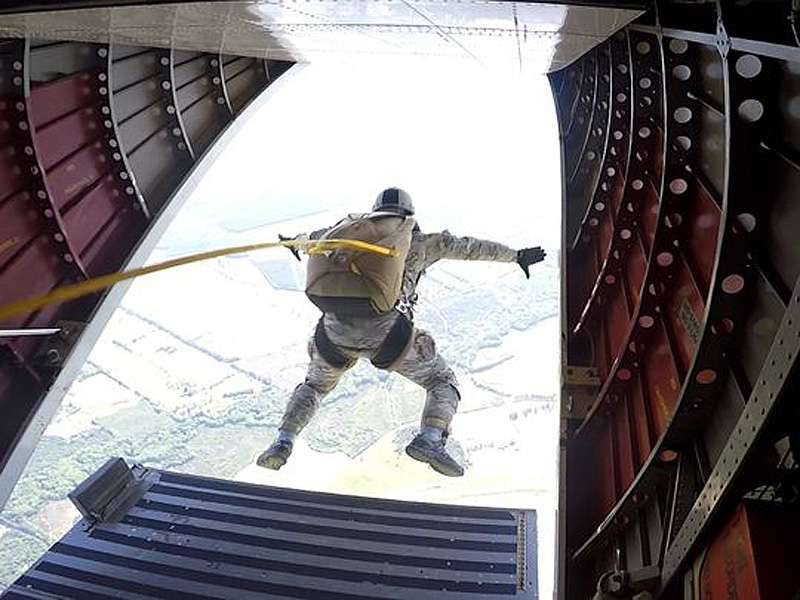
GPS technology used in high-precision airborne delivery systems is now used to accurately emit special forces.
Airborne Systems RA-1 parachute has increased payload, increased range, noiselessness and anti-stall properties, which helps to improve the quality of air landing
In the air
If you conduct a survey among acting special forces from different countries, it becomes obvious that the largest share of special forces personnel belongs to the airborne category; next come the divisions, mostly focused on marine operations. One of the most traditional and convenient ways of introduction into enemy territory, used by SSO, is parachute landing. This is one of those areas in which the most advanced technologies are used, since the MTR units have the task to penetrate into the area of operations as quickly as possible and as seamlessly as possible.
High-Altitude / High-Opening (HAHO) parachute jumps from high altitude and High-Altitude / Low-Opening (HALO) parachute jumps from high altitude when paratroopers jump from 4600 to 7620 meters and jump from Medium-Altitude / High-Opening (MAHO) (from 3800 to 5000 m) remains the only prerogative of the MTR, although the parachute landing technique from a small height (below 3800 m) continues to be used, as a rule, in special operations on sea.
Despite the relatively small number of airborne operations during the presence of coalition forces led by the United States (more than ten years) in Afghanistan and Iraq, the most successful and advanced MTR units from different countries insist on maintaining these skills and techniques that can provide further and invisible invasion of a given area. Industry, including Western countries, does not lag behind the needs of the airborne troops, for example, companies such as Anglo-American outfit and Airborne Systems provide modern advanced solutions designed to carry out such operations.
According to the head of the customer service department at Airborne Systems, Gary McHugh, parachuting from high altitudes is the most effective way to use parachute systems, besides, the aircraft in this case remains in relative safety, outside the area affected by short-range air defense systems, for example, Russian MANPADS 9K32 The Arrow-2, which typically has a range of about 3700 meters. “Parachuting is still the most effective way to send a small group of special forces from its airspace to enemy airspace,” explained McHugh.
Various variants of the Supacat High Mobility Transporter vehicle in four-wheel and six-wheel configurations have been widely used by NATO special forces for several years now.
Supacat's LRV 400 Mk.ll model, which can easily be transported by transport helicopters, is offered to a number of foreign customers as an MTR machine.
Skydiving
Airborne Systems is in the process of delivering its newest Ram-Air 7000 (RA-1) parachutes to special operations units of the US Army and Air Force, as well as several special units in Europe and Asia, 1. Detailed system specifications are not disclosed due to confidential matters. Mr. McHugh noted only that the RA-1 is a "rectangular" paraglider capable of delivering a paratrooper to an equivalent distance of approximately 32 km when jumping from an airplane from a maximum height of 7600 meters above the actual ground level. This will allow a small group of paratroopers to penetrate covertly and without problems into the area of operations.
However, compared with the previous parachute models, the capabilities of the RA-1 paraglider were significantly increased. Manageability has been improved, it is now almost impossible to “dump” a parachute just before landing (a flaw that caused numerous accidents and deaths during combat operations and combat training) in the intended area, especially at night. In addition, considerable work was carried out to reduce the vibration of the parachute web, which made it possible to reduce the noise level to a minimum. According to NATO special forces members who recently tested the RA-1 parachute, this feature provides almost silent flight and landing, which is especially useful when landing on enemy territory. Compared to existing models, the RA-1 can also carry additional 40,9 kilograms of payload with a total weight of 204,5 kg. It surpasses the widespread MC-4 from Airborne Systems in this indicator, which the RA-1 parachute will eventually replace in the US military. Alternatively, the RA-1 paraglider can carry cargo with a total weight of 227,2 kg, when the SSO units often drop into the area of operations after the cargo parachute, which carries the equipment to perform the assigned task, and which performs a reduction along the GPS coordinates. Such a kit may include equipment for marking temporary landing zones or special cutting machines for conducting search and rescue operations during hostilities, such as those used by paratroopers of the US Air Force Special Operations Command.
In carrying out typical operations to intercept and block ships, rigid-hull inflatable boats and light speed boats were widely used. However, European and American special forces are currently considering alternative methods for carrying out the same tasks.
Describing the RA-1 parachute, Mr. McHugh also explained how the RA-1 sling system is able to take all the equipment needed to complete the task, for example, it has weapon attachment points, pockets for radio stations and pockets for oxygen systems. "The main dome consists of a nine-cell hybrid structure capable of being deployed by three methods, including the sling (when the sling attached to the aircraft pulls out the main parachute when the aircraft parachute leaves the aircraft), the suction cable on the parachute suit and the exhaust parachute (when the parachute opens under pressure airflow) ... Mainly and reserve parachutes are used stabilizers, reducing aerodynamic drag during flight and providing better control of the dome during landing time, ”he added.
However, any distant high-altitude landing (when jumping from heights more than 3700 meters above ground level during the daytime and 3050 meters at night) may be limited by the fact that in this case it is necessary to have an oxygen system. Airborne Systems' SOLR (Special Operations Long Range) oxygen system is available in 204 pressure cylinder configurations (3000 psi 2) or 306 (4500 psi x NUMX) atmospheres. According to a company representative, some unnamed MTRs from the Asia-Pacific region have already bought a certain number of SOLR oxygen systems. This system consists of an oxygen cylinder and a mask; balloon required for jumps such as HAHO and HALO. However, the SOLR 2 model currently provides 4500 percent more oxygen (50 cubic inches) compared to the previous SOLR 122 model, allowing you to increase the duration of the flight under the dome and thereby increase the airborne landing range. “The reduced-size nozzle was designed to eliminate noticeable oxygen leaks, and thus the oxygen cylinder may be under pressure for long periods of time. In order to increase the level of safety, a two-way rotating oxygen switch has been developed, which eliminates the unintended shutdown of oxygen access, ”explained McHugh. The SOLR 3000 and 3000 systems are compatible with existing PHAOS systems (Parachutists High-Altitude Oxygen Supply) from Airborne Systems and the military POM (Parachutists' Oxygen Mask), as well as the Airborne Systems SOLR SOLR mask, which was created on the basis of the Gentex MBU pilots oxygen mask -4500.
MTRs consider parachuting from high altitudes as the main mechanism for introduction into the enemy’s area of operations. US special forces units currently ship RA-1 parachutes from Airborne Systems.
As for navigation and guidance systems based on GPS, for parachutists, jumping from high altitudes and who need accurate landing on pre-designated gathering points on the ground, solutions are now being developed that virtually eliminate errors from improper handling (fool proof). Airborne Systems ’jTrax Navaid navigation system (Navigation Aid) is based on technology based on hardened modules from the US Army and Air Force programs using a JPADS (Precision Aerial Delivery System) high-precision parachute landing system. Within the framework of this program, GPS navigation systems and guided parachutes have been developed for accurately dropping various cargoes into the designated area, having dimensions and mass of infantry combat vehicles. So, the jTrax system consists of a display, attached to the chest or wrist and a backup compass.
"Navaid systems allow military paratroopers to perform their tasks, that is, lead them safely and accurately to the intended landing site when they are dropped from a landing site at a great distance," McHuy continued, while drawing attention to the presence of a command and control display that allows the issuer to check the flight of the paratroopers' wards in the direction of the designated point of landing, and the parachutist check his direction of flight in the direction of the landing zone. The system displays various modes: designation of the location of other paratroopers, advancement in the direction of the main landing place or up to two alternative ones, etc. An operator in gloves can also work with a button menu, while the parachutist can switch between modes during the flight and view the necessary information. Airborne Systems confirmed that jTrax has already been sold to several MTRs in the Middle East.
Light body armor continues to be used by special forces who want to increase their mobility and are ready to accept the risk of using systems with less ballistic protection.
In close combat, commandos rely on collimator sights to quickly capture enemy damage in built-up areas.
On the land
For the Special Operations Forces (MTR), another important means of implementation and a combat platform are ground vehicles that develop in accordance with the concepts of future conflicts regarding rapid response and expeditionary nature of the conduct of hostilities. Vehicles inside aircraft - ITV (Internally Transportable Vehicle), which have the advantage of fast loading and unloading from helicopters and airplanes, are suitable for almost any area of operations in the world. Indeed, numerous MTR organizations are implementing various programs for the purchase of vehicles of this type in order to increase their capabilities.
Supporting aircraft, such as the Boeing CH-47 Chinook heavy transport helicopter family, traditionally transported Supacat’s four-wheeled patrol cars in various variations, although their deployment from a helicopter takes more than a minute, not a second. However, the MTR international community requires more advanced capabilities.
The theory of the combat use of ITV-type vehicles requires that a vehicle of this category be able to move off the ramp of an aircraft almost immediately after landing. Then ITV is immediately deployed to carry out a variety of tasks, ranging from protecting their forces and ensuring the safety of aerodromes to intelligence and fire support.
One of the companies actively working in this area is Polaris Defense, which has already received contracts for the supply of ITV vehicles for the US Special Operations Command (USSOCOM). The company has already put various evaluation platforms in several NATO countries. In August, the US Special Operations Forces Command (USSOCOM) issued a five-year contract to Polaris Defense for 2015 million dollars for the supply of additional MRZR 83 and MRZR 2 ITV cars, respectively, in double and four-seater. “We have been supplying USSOCOM with the MRZR for three years, and this contract shows that ultralight mobility is still the most important component of MTR combat missions,” said Polaris Defense executive director Rich Haddad. - These are exclusively configurable platforms, they provide an opportunity to quickly prepare for a combat mission on the most difficult reliefs. The MRZR provides superb deployment mobility for tactical air transport for MTRs, providing maximum flexibility. ”
Polaris Defense MRZR Special Forces Vehicle
Both MRZR 2 and MRZR 4 variants can be transported inside the Bell / Boeing CV-22B Osprey US Air Force convertiplane and can be configured in various ways to best meet the needs of the expeditionary force in advanced deployment. “Some of the common features of these off-road platforms include increased load capacity, standard winch, electronic power steering, attachment points for transport in aircraft, folding arches for roll protection, large gear containers, infrared headlights and full dimming,” said Mr. Haddad, describing how operators can use these platforms in open, half-hidden and hidden tasks. The MRZR 2 has a maximum payload of 454 kg, while the MRZR 4 has a maximum payload of 682 kg; They can be equipped with various weapons, ranging from 5,56-mm and 7,62-mm machine guns to 40-mm automatic grenade launchers.
Requirements for ITV-type machines continue to grow, MTRs in Europe, the Middle East, and Asia publish requests for proposals for them. It is clear that the Netherlands, Belgium, the United Arab Emirates and the UK have ongoing and pending ITV programs.
At the DSEI show in London last September, the Light Reconnaissance Vehicle (LRV) 2015 Mk.II light vehicle by Supacat, which was proposed for a number of the above programs, was first shown in London. However, due to the delicacy of the topic, MTRs in the company could not confirm which of these programs were applied for.
The LRV 400 Mk.II special operations vehicle is a lightweight version of the High Mobility Transporter (HMT) family of vehicles, comprising the four-wheel HMT 400 platform and the six-wheel HMT 600 platform, which are used by many NATO and Allied MTRs. However, a representative of one of the special divisions said that HMT-type machines can be loaded and unloaded into CH-47-sized helicopters, although this “can take minutes, but not as much as one would like.” The current principles of combat use of SSO require a significantly faster response, when all vehicles of a combat group must immediately leave their helicopters after landing.
The LRV 400 Mk.II is a combination of a rolling chassis and various undercarriage components taken from the famous Land Rover four-wheel chassis, which allows you to develop a high speed on difficult terrain "when performing fast invasion tasks." At its widest point, the width of the LRV 400 Mk.II machine is 1,8 meters (compare to 2 meters on the HMT series), it easily enters the cargo hold of the CH-47 helicopters, which are still the main casting platform in many countries around the world. landing. “ITV vehicles fill the gap in opportunities created in many NATO and Allied Army MTRs between protected patrol cars and smaller off-road vehicles, including motorcycles and ATVs,” explained a Supacat spokesman.
With a maximum payload of 1700 kg, the LRV 400 Mk.II car has a maximum speed of 160 km / h and a power reserve of 800 km. Supacat also counts on the promotion of the six-wheeled variant, although the need for it is not so obvious. This larger platform could carry more soldiers and more equipment when performing tasks of greater range.
Other ITV solutions also include the Polaris Defences light Dagor patrol car, which in 2015 was delivered to the UAE for assessment tests. The Australian Army MTR also received an unnamed number of these platforms after this car was introduced to the international community at the AUSA show in Washington in October 2014. The Dagor vehicle has a maximum load capacity of 1100 kg and is capable of carrying nine people. The width of the 1,9 meter and the length of the 4,5 meter allow it to be transported in the cargo compartment of the CH-47 helicopter. The platform has a total weight of 3500 kg.
The Dagor can also be transported outside of the CH-47, Sikorsky CH-53 and Sikorsky UH-60 helicopters, while it can be dropped from a low height and at low speed, like most other ITV vehicles on the market, although for CCO it’s preferable the decision of the usual loading and unloading, when before planting personnel is placed in the machine.
To be continued
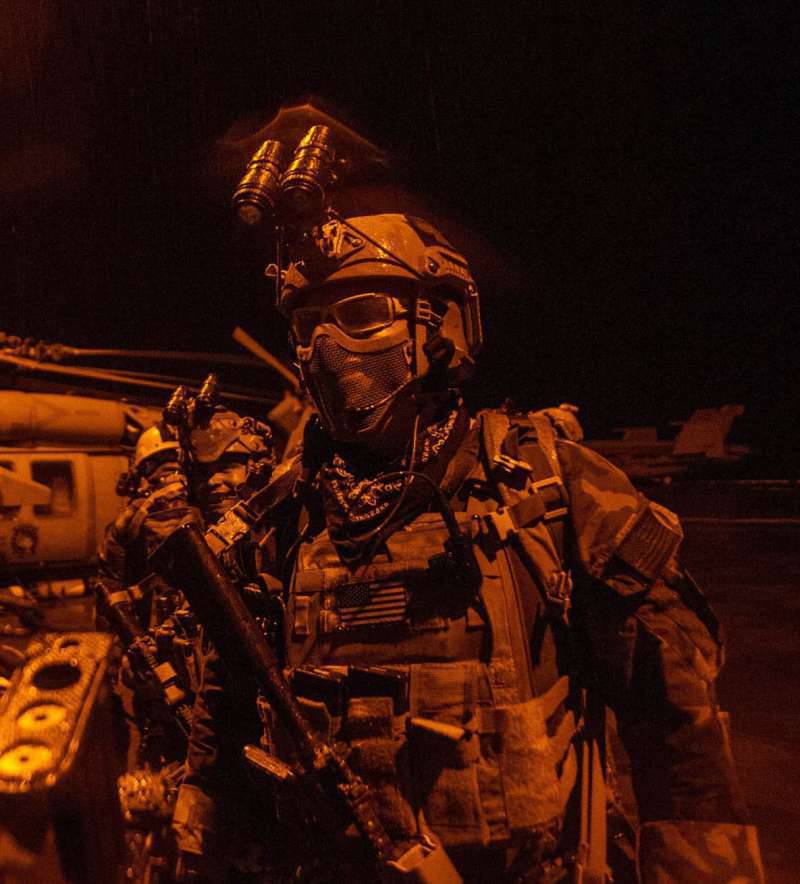
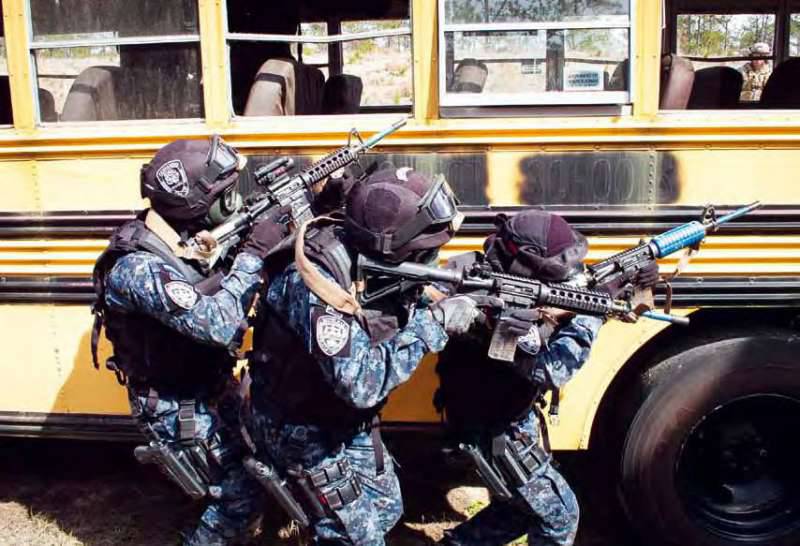
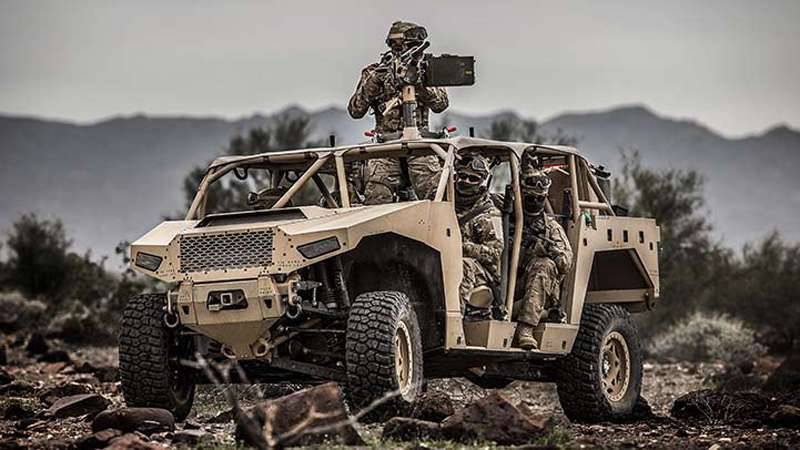
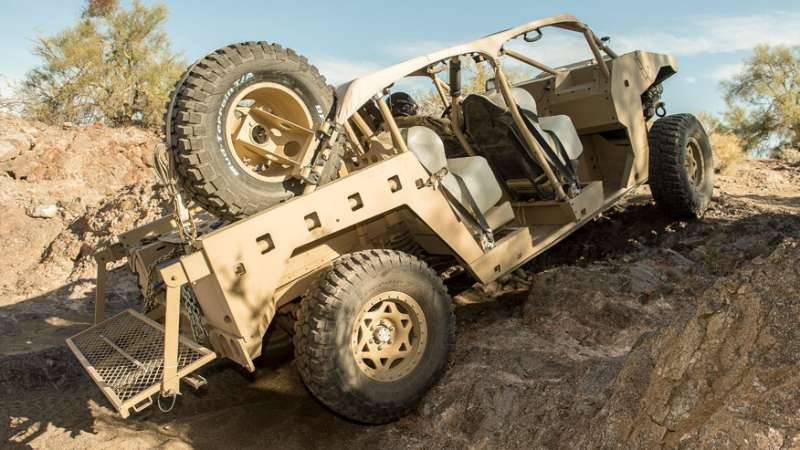
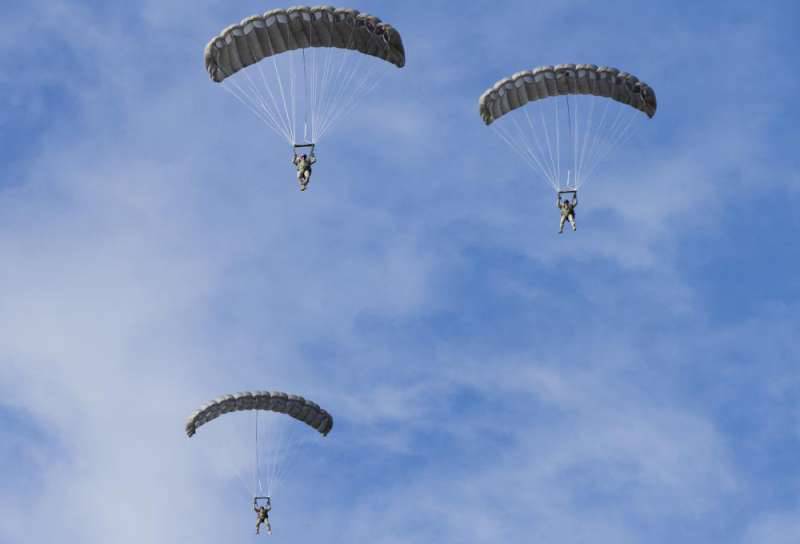
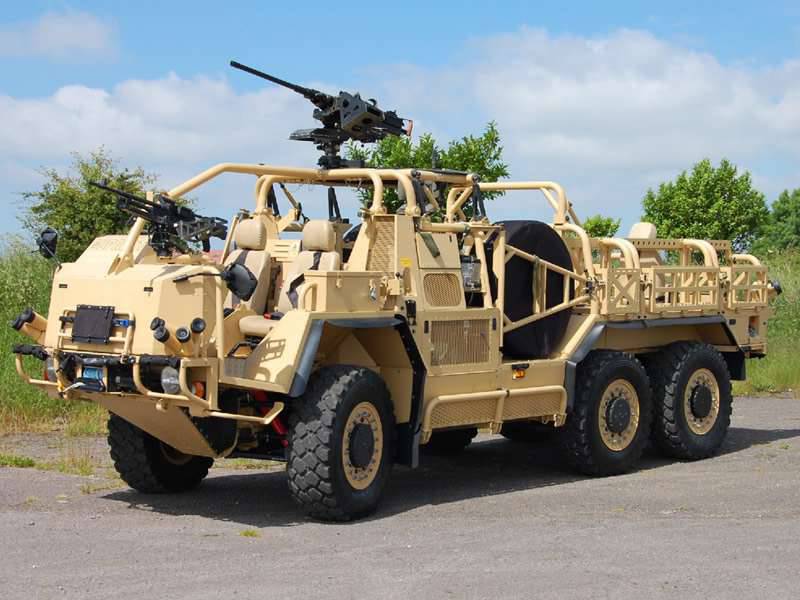
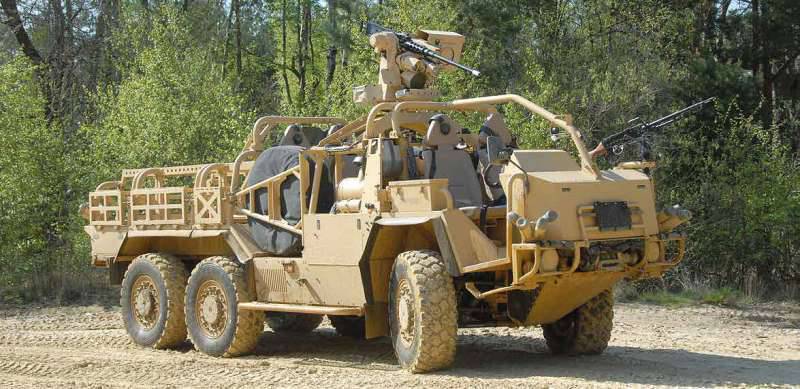
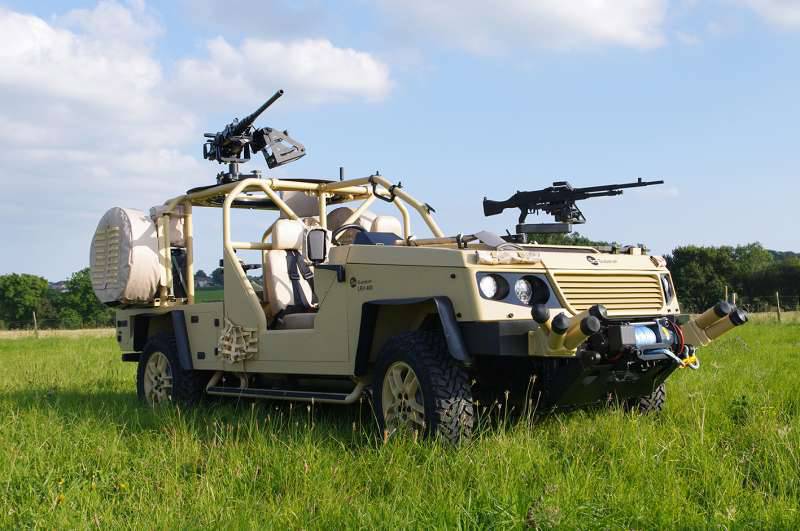
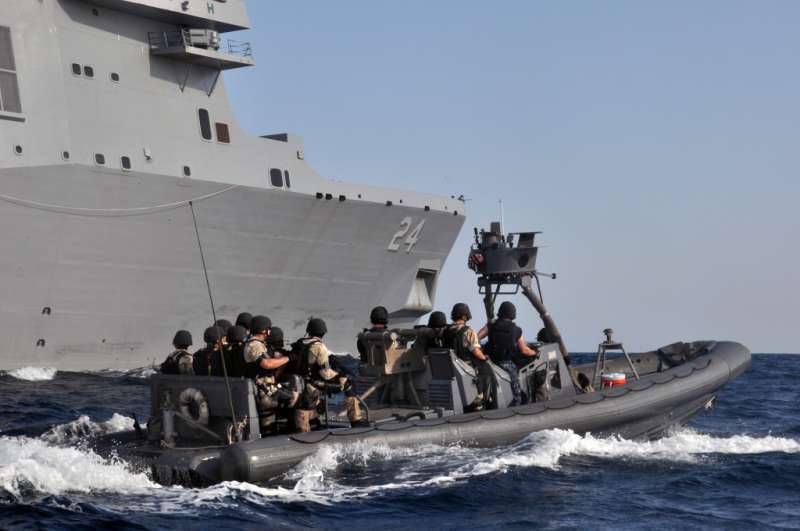
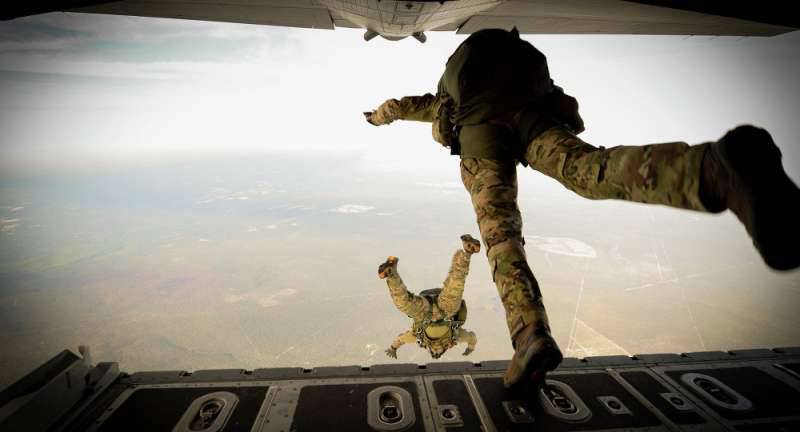
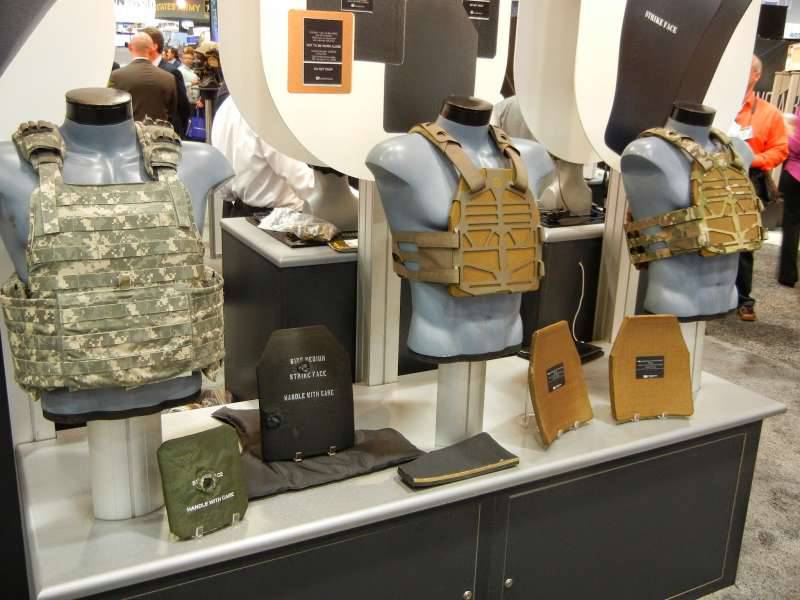
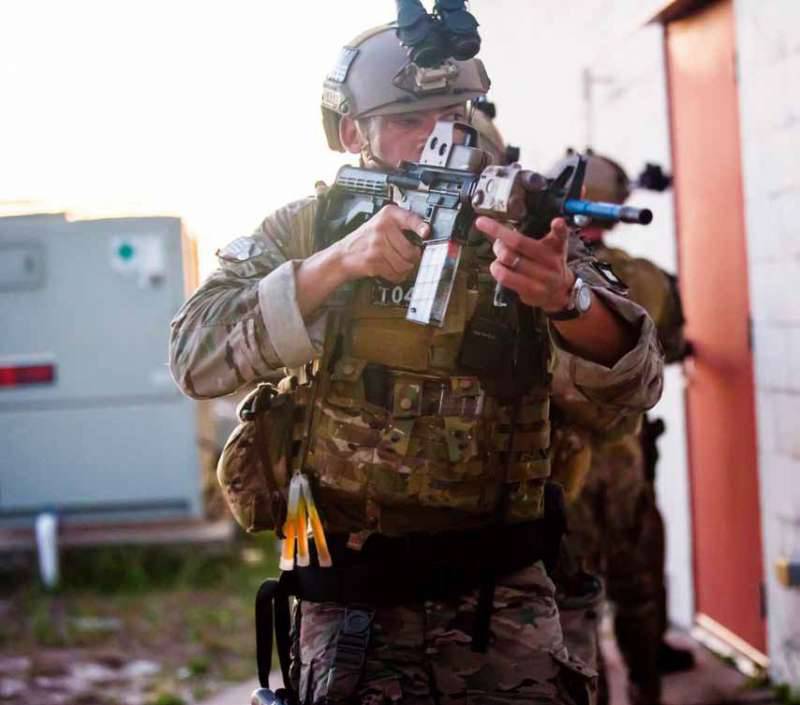
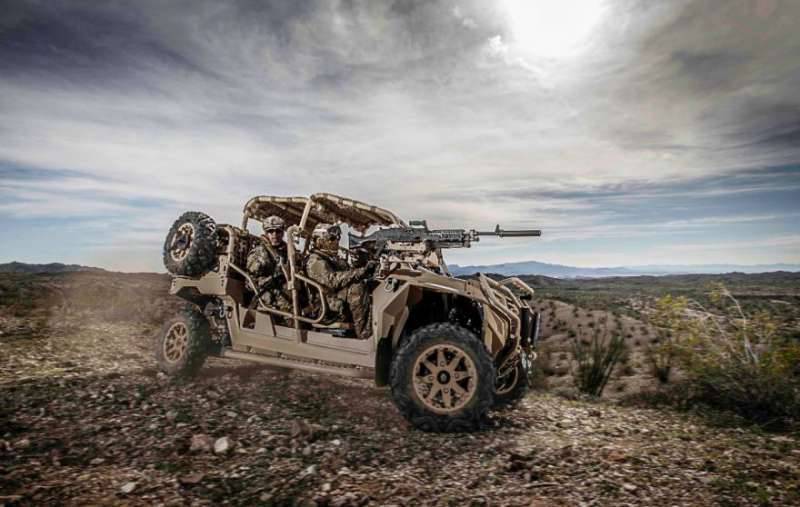
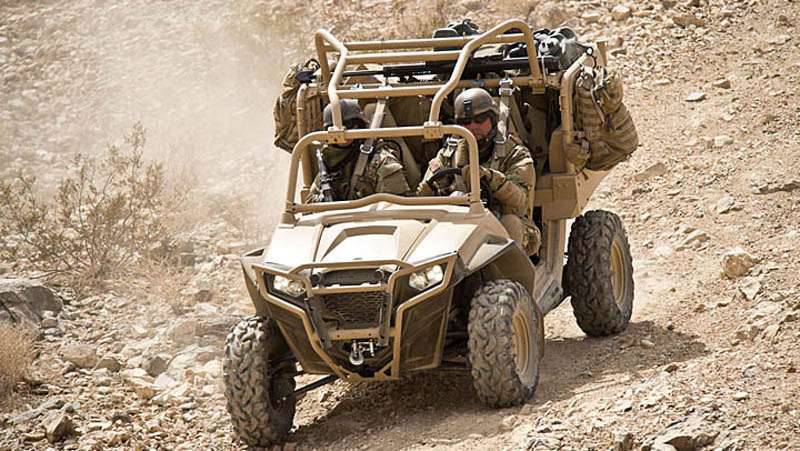
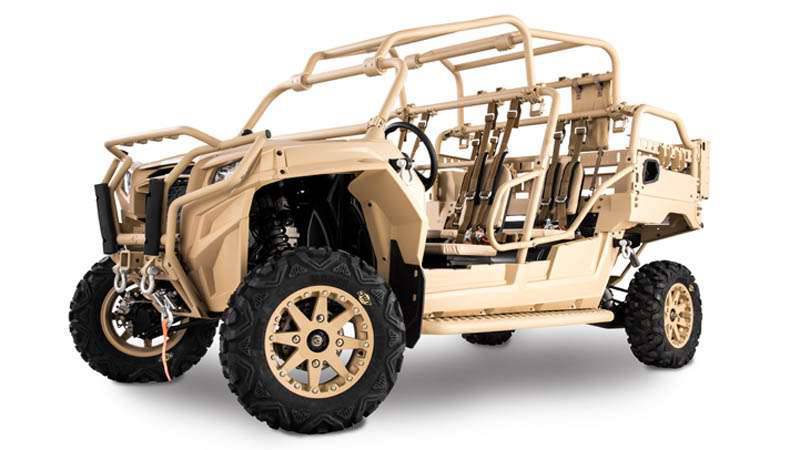
Information